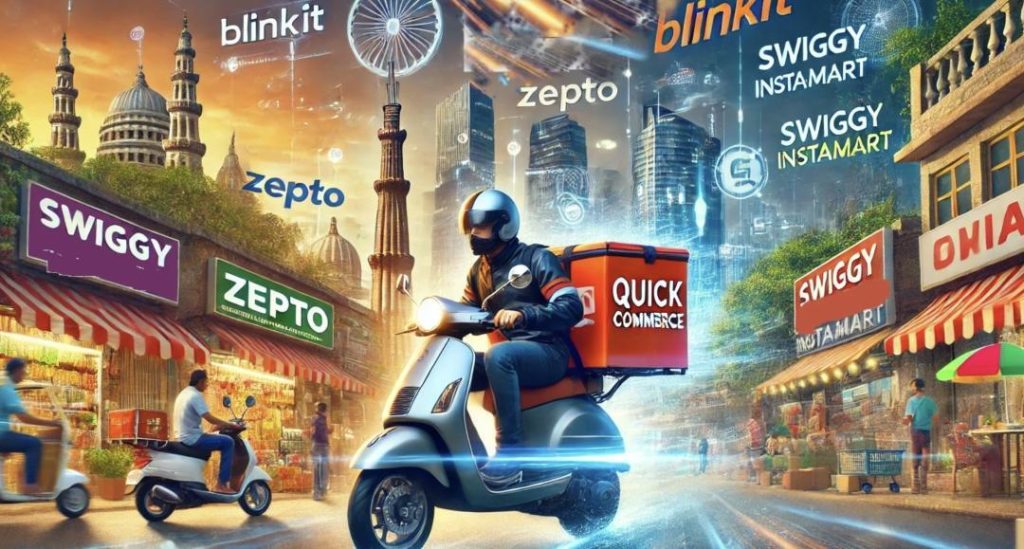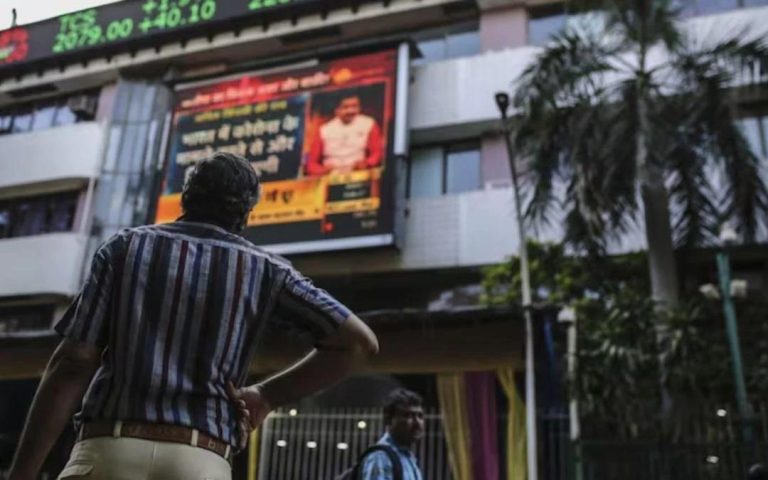
Q-commerce Wipes Off 52% Sale of Essential Goods at Urban Shops
The rise of quick commerce, also known as q-commerce, has been a game-changer in the retail industry. With the increasing popularity of online grocery shopping and same-day delivery, many retailers have been forced to adapt to this new reality. However, a recent report by PwC reveals that 52% of urban retailers have seen a decline in sales of essential goods such as food, beverages, and confectionery due to the rise of q-commerce.
This significant decline in sales is not limited to these categories alone. Personal care and household cleaning products have also been affected, as consumers increasingly turn to online platforms for their daily essentials. The report suggests that q-commerce has disrupted the traditional retail landscape, forcing brick-and-mortar stores to rethink their business strategies.
So, what’s behind this decline in sales? One major factor is the shift in consumer behavior. With the increasing availability of online grocery shopping and same-day delivery, many consumers are now opting for the convenience of having their essentials delivered to their doorstep. This has led to a decline in foot traffic at traditional retail stores, resulting in a significant loss of sales.
Another factor contributing to this decline is the competition from q-commerce players. These players, such as Zomato, Swiggy, and Flipkart, have been able to offer consumers a seamless and convenient shopping experience, with same-day delivery and competitive pricing. This has made it difficult for traditional retailers to compete, leading to a decline in sales.
However, it’s not all doom and gloom for brick-and-mortar retailers. The report suggests that retailers in tier 2 and 3 cities are still doing well, with many consumers preferring to shop in physical stores. This is largely due to the lack of q-commerce infrastructure in these cities, with high delivery costs making it challenging for q-commerce players to operate.
Despite the challenges facing urban retailers, there are still opportunities for them to adapt and thrive in the q-commerce era. One way to do this is by integrating online and offline channels, offering consumers a seamless shopping experience across both platforms. This could involve implementing technologies such as click-and-collect, where customers can order online and collect their products in-store.
Another way for retailers to adapt is by focusing on experiential retail. With the rise of q-commerce, consumers are increasingly looking for experiences beyond just shopping. Retailers can create engaging experiences in-store, such as workshops, events, and tastings, to attract and retain customers.
The report also highlights the importance of data analytics in the q-commerce era. With the increasing amount of data generated by online transactions, retailers can gain valuable insights into consumer behavior and preferences. This can help them to optimize their product offerings, pricing, and marketing strategies, ultimately driving sales and revenue.
In conclusion, the rise of q-commerce has significant implications for urban retailers. While 52% of urban retailers have seen a decline in sales, there are still opportunities for them to adapt and thrive in this new era. By integrating online and offline channels, focusing on experiential retail, and leveraging data analytics, retailers can stay ahead of the curve and continue to drive sales and revenue.
Source: https://trak.in/stories/quick-commerce-wipes-off-52-sale-of-essential-goods-at-urban-shops/






